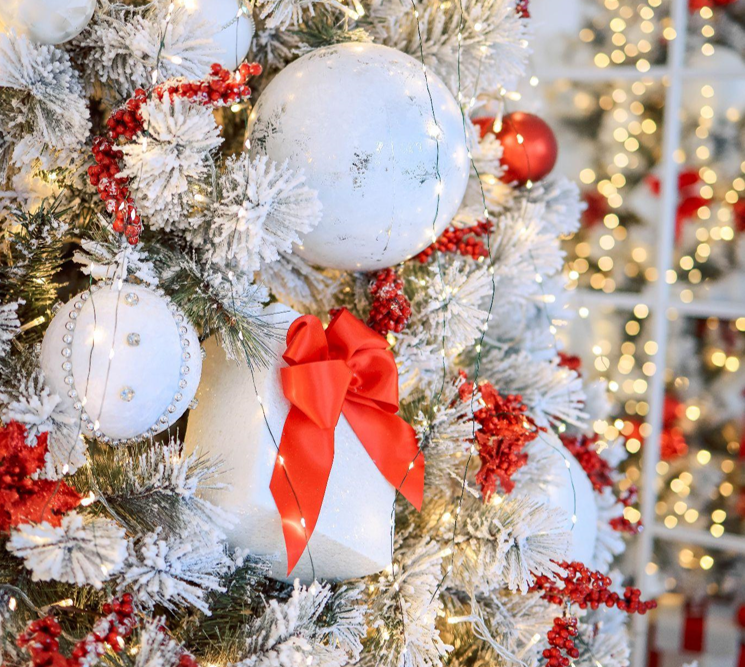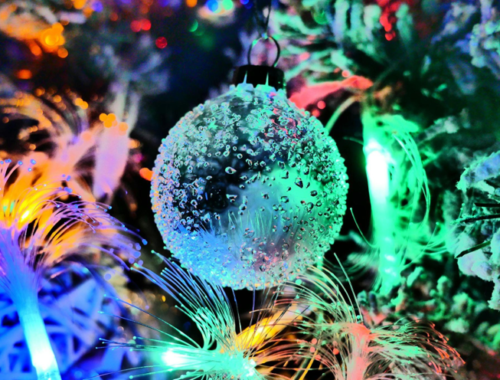
Going Green with Your 9-foot Artificial Christmas Tree: The Environmental Benefits You Need to Know
The Environmental Benefits of Owning an Artificial Christmas Tree
The holiday season is upon us, and with it comes the annual debate over whether to purchase a natural or artificial Christmas tree. While real trees have been a longstanding tradition in homes worldwide for centuries, newer generations have begun to opt for artificial trees due to their numerous environmental benefits. This article explores the benefits of owning an artificial Christmas tree, including how it can reduce wastage and improve indoor air quality.
Reducing Wastage
One of the most significant environmental benefits of owning an artificial Christmas tree is reduced wastage. Real Christmas trees are often harvested from tree farms and require a considerable resources. Also, once the holiday season is over, the actual tree is discarded and usually ends up in a landfill, where it will decompose and release methane gas into the atmosphere.
On the other hand, a high-quality artificial Christmas tree can last up to 10 years or more, reducing the need to purchase a new tree every holiday season and cutting down on waste. Additionally, artificial trees can be recycled and made into other products if no longer needed, reducing the environmental footprint.
Improved Indoor Air Quality
Another significant environmental benefit of owning an 9 foot artificial Christmas tree is improving indoor air quality. Real trees can release volatile organic compounds (VOCs), which can cause eye irritation, headaches, and other respiratory issues. When you bring a real tree into your home, you may expose your family and pets to these harmful compounds for weeks.
On the other hand, artificial trees do not release VOCs and can improve indoor air quality. This is especially important during the winter when most of us spend much time indoors. So by choosing an artificial tree over a real one, you can create a healthier living environment for yourself and your loved ones.
Other Benefits
The environmental benefits of owning an artificial Christmas tree extend beyond reducing wastage and improving indoor air quality. Artificial trees are also more cost-effective in the long run because they can last up to a decade, eliminating the need to purchase a new tree every holiday season. Additionally, artificial trees are far more convenient than real trees, as they do not require water or regular maintenance.
Furthermore, artificial trees can be customized to fit any home’s aesthetic because they come in various sizes, colors, and styles. Their versatility is unmatched, and they can be reused in different rooms or for different occasions, such as weddings, birthday parties, and other celebrations.
Conclusion
In conclusion, owning an artificial Christmas tree has numerous environmental benefits. By reducing wastage, improving indoor air quality, and being more cost-effective, artificial trees are an excellent investment for those who value sustainability and want to reduce their environmental impact. They are also more convenient, customizable, and can be reused for years, making them an attractive option for families across the globe. So, consider investing in an artificial Christmas tree this holiday season and enjoy a green Christmas with your loved ones.
You May Also Like

Decorate Your Home with a Festive Flair: An Overview of Artificial Christmas Trees for Commercial Spaces
February 15, 2023
Artificial Christmas Trees and Christmas Lights Sale
June 1, 2024

